Top 7 Most Beautiful Historical Sites in Lithuania
Lithuania was a great empire that ruled most of Eastern Europe from the 14th to the 16th century before becoming a member of the Polish-Lithuanian ... read more...confederation for the following two centuries. Lithuania has many beautiful old cathedrals, monuments, and museums as a result of its long and varied past. Here are our top the most beautiful historical sites in Lithuania.
-
The Ninth Fort is a fortress in ilainiai elderate, Kaunas, Lithuania. It is a portion of the Kaunas Fortress, which was built in the late 1800s.
Kaunas was fortified in the end of the nineteenth century, and by 1890 it was surrounded by eight forts and nine gun batteries. The Ninth Fort (named for its numerical classification) began construction in 1902 and was finished on the eve of World War I. The Ninth Fort was utilized as the Kaunas City jail beginning in 1924.
During the Soviet occupation, 1940–1941, the NKVD utilized the Ninth Fort to detain political prisoners awaiting transit to Gulag forced labor camps. During the Nazi occupation, the Ninth Fort was used as a mass murder facility. In what became known as the Kaunas massacre, 45,000 to 50,000 Jews, mostly from Kaunas and mostly from the Kovno Ghetto, were hauled to the Ninth Fort and slaughtered by Nazis and Lithuanian collaborators.
Location: Kaunas
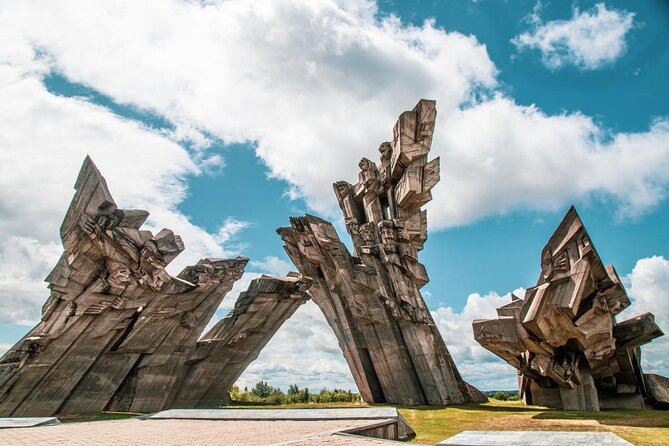
Photo: Viator Video: Studio RaR -
The structure Bridge of Palanga is a sea bridge on the Baltic Sea in Palanga, Lithuania, and the site of a spa town. It ranks second in the list of most beautiful historical sites in Lithuania. In 1589, the English of King Sigis2 were granted the privilege to improve the harbor and erected the Palanga pier. The Gediminas Tower, the sole remaining tower from these fortresses, is likewise housed at the National Museum.
Count Juozapas Tikeviius organized the pier's rebuilding in 1882. They were primarily utilized for the export of bricks, for which a tram was built to convey them to the port of Palanga. During the summer, the pier doubled as a promenade. They erected balconies to shield themselves from the rain. Since 1892, the bridge has only been used by pedestrians. The bridge hosted the debut of Keturakis's first Lithuanian play "Amerika in Dampfbad" (lit. Amerika party) in August 1899.
A gem of Palanga's beach! You must proceed to the bridge's end and toss a coin into the water. This is for your good fortune! This was taught to me by family and locals many years ago. I was a tiny child when we used to go to Palanga for vacations every summer. Bridge of Palanga offers a spectacular view of the lake and the beach. There is a place near the bridge's curve that is good for fishing. If you walk to the finish, you'll get some great shots of Palanga. It's also a fantastic spot to see the sunset.
Location: Palanga
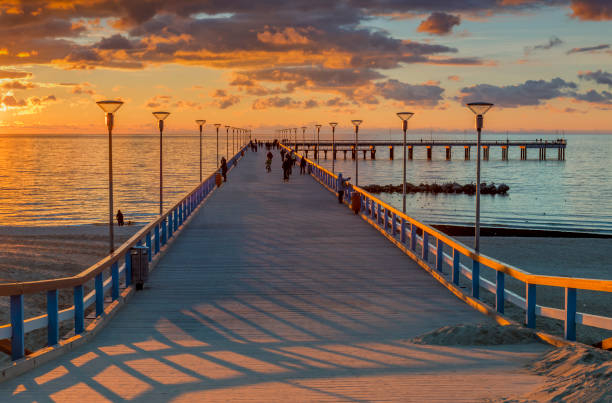
Photo: iStock 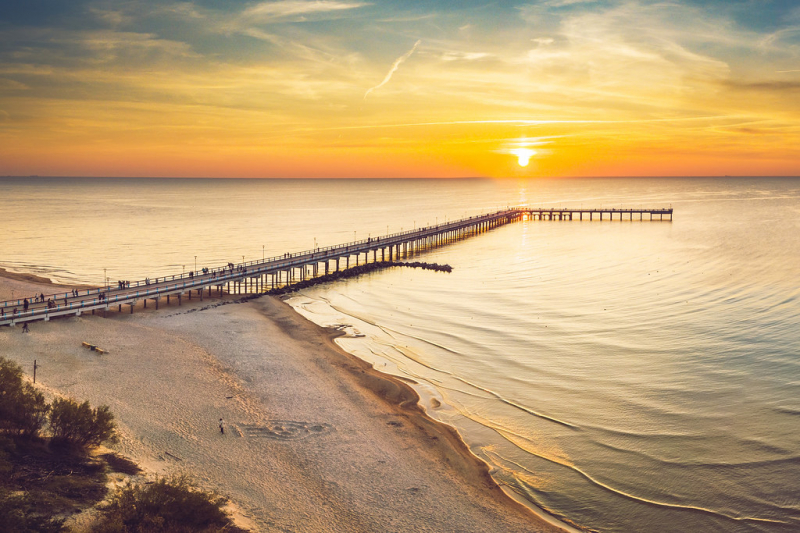
Photo: Flickr -
The Kaunas Town Hall is located at the Town Hall Square in the center of the Old Town of Kaunas, Lithuania. The building was built in the 16th century. It is home to the Museum of Ceramics. The Kaunas Town Hall is notable for its slenderness and beauty. Its 53-meter-high tower is the tallest in the ancient city. The current Town Hall in the square was not Kaunas' first. The old one had been destroyed by fire.
The building of Kaunas town hall began in 1542. It was originally a one-story structure with an unpainted front and vaulting basements. The first floor and the eight-story tower on the east of the structure were erected in the 16th century. The bottom floor was modified to accommodate trading and prison guards, while the first floor was modified to accommodate trial, magistrate, treasure, archive, and office. The products were kept in cellars. The tower's basements were utilized as a jail.
The Renaissance renovation was completed in 1638. J. Matekeris designed the second rebuild, which took place between 1771 and 1775. He reconstructed a section of the structure that had been demolished in the 17th century, redesigned the space, and added an additional story to the tower. He decorated the town hall in baroque and classicism styles, renovated the pediment, and put sculptures of Grand Dukes of Lithuania there (they survived only until the 19th century).
Location: Litva
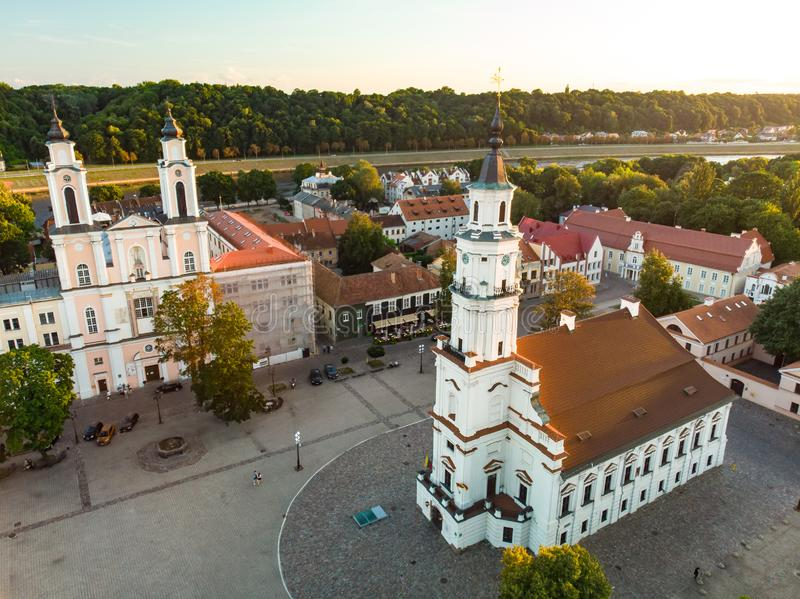
Photo: Dreamstime 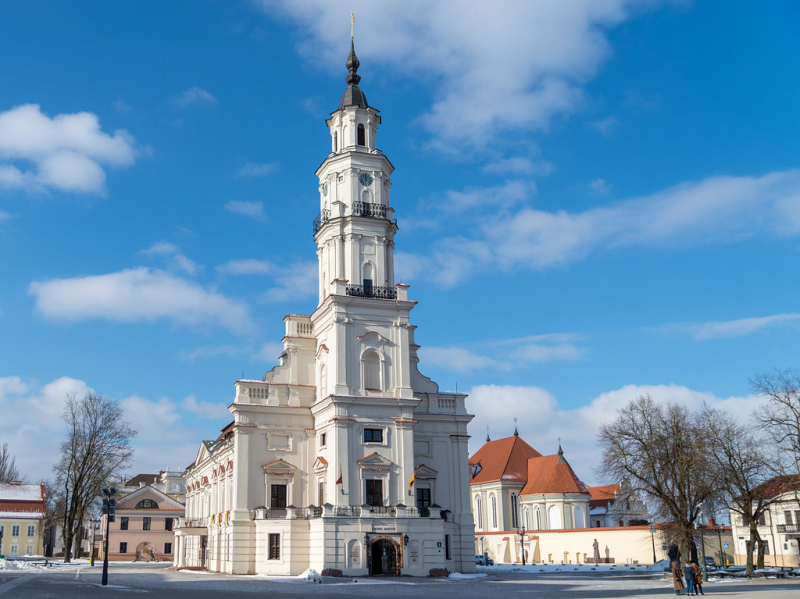
Photo: Flickr -
Medininkai Castle was erected in the first part of the 14th century in the Vilnius area of Lithuania. The defensive perimeter of the castle measured 6.5 acres, making it Lithuania's largest enclosure type fortress. It was constructed on flat land and was intended for flank protection. The rectangular castle yard was roughly 1.8 hectares in size and was surrounded by walls 15 meters high and 2 meters thick. The fortress featured four gates and four towers. The main tower (donjon), which stood approximately 30 meters tall, housed residential sections.
Medininkai was referenced for the first time in 1392. A big fire in the late 15th century severely destroyed the fortress. Due to the expanding usage of weapons, this sort of castle was no longer suitable for defensive reasons and was eventually converted into a dwelling. It was restructured into a farm and a bakery between the 17th and 18th centuries. Following its renovation, the castle's museum now houses a huge collection of silver objects manufactured by Grand Duchy of Lithuania artists, as well as President Algirdas Brazauskas' hunting trophies and hunting knives.
Location: Vilnius
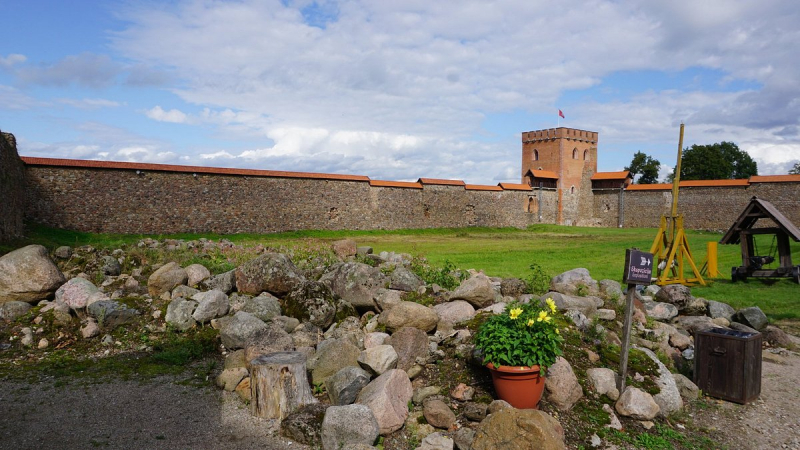
Photo: TripAdvisor 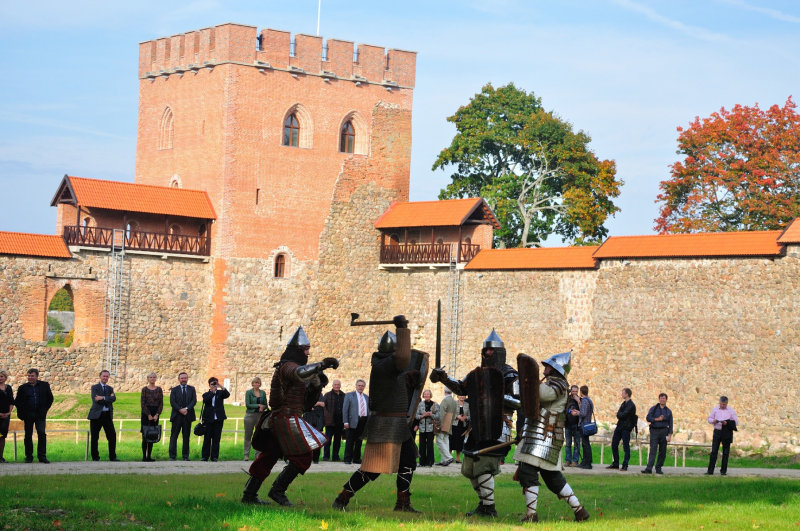
Photo: lietuvos.dvarai.lt -
The Lithuanian National Museum is a collection of museums housed in the former locations of the city's castles. It is one of the most beautiful historical sites in Lithuania. The Gediminas Tower, the sole remaining tower from these fortresses, is likewise housed at the National Museum.
The museum was founded in 1952. It consists of many facilities that house a diverse collection of textual materials and artifacts. In Lithuania, it also organizes archaeological digs. The Vilnius Museum of Antiquities was created in 1855 and was the progenitor of the Lithuanian National Museum. It concentrated on the culture of the Grand Duchy of Lithuania.
Following the January Uprising of 1863, the Russian Empire relocated part of the collection to Moscow, while the remainder was absorbed into the Vilnius Public Library. As the First World War neared, it traveled between Moscow and Lithuania, and it wasn't until Vilnius became a part of Poland in 1919 that it was merged into Vilnius University.
The museum became an independent organization in 1952, and it became a component of the Vilnius Castle Complex's New Arsenal in 1967. The museum's collection expanded during the 1970s and 1980s, and it was renamed the National Museum of Lithuania after Lithuania regained its independence in 1992.Location: Vilnius
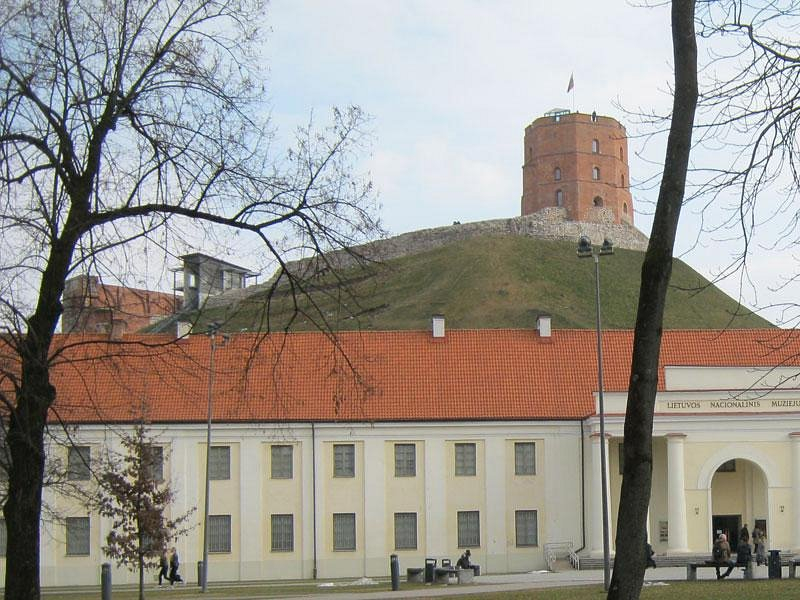
Photo: TripAdvisor 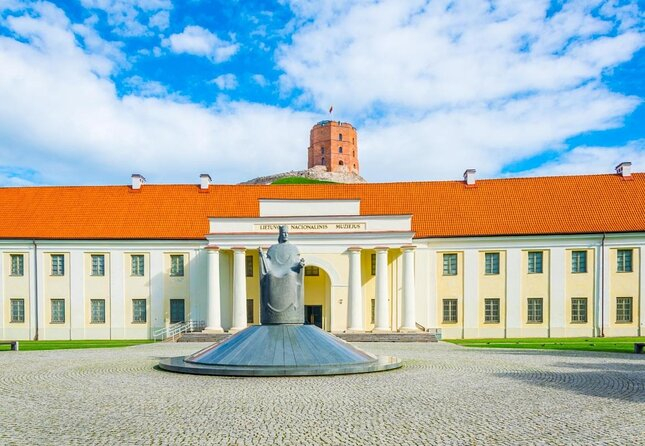
Photo: Viator -
The Paneriai memorial museum in Lithuania is devoted to Holocaust survivors. Prior to WWII, the lovely woodland region near Paneriai in Lithuania was a popular leisure place for citizens of Vilnius and its neighboring areas. Nonetheless, under Nazi control, the location saw mass executions, and as such, it now serves as a memorial to those slain there as part of the Vilna Gaon Museum.
Within days after being overrun by the Germans, the Soviet base at Paneriai was turned into an execution site. The Nazis oversaw the shootings, which were mostly carried out by the Special Squad, which consisted of 60-100 Lithuanian nationalist partisans. The location chosen enabled mass murder: those slaughtered could be transported from neighboring Vilnius by truck, train, or foot, while the forest hid the spot from prying eyes and masked the sound of gunfire. More than 100,000 persons were slaughtered at Paneriai between July 1941 and April 1944, the vast majority of them were Jews. There were also Poles, Roma, communists, and Russian prisoners of war slain there.
Visitors can visit the the Paneriai memorial museum in Lithuania is devoted to Holocaust survivors. at any time of day or night, and it features a memorial stone etched in Yiddish as well as markers at one of the slaughter sites. The Paneriai Memorial Museum display includes images of victims who were slain at Paneriai, orders and other papers issued by the occupying force and discovered in the region of the killings, as well as clothing, shoes, and prisoners' labor gear.
Location: Vilnius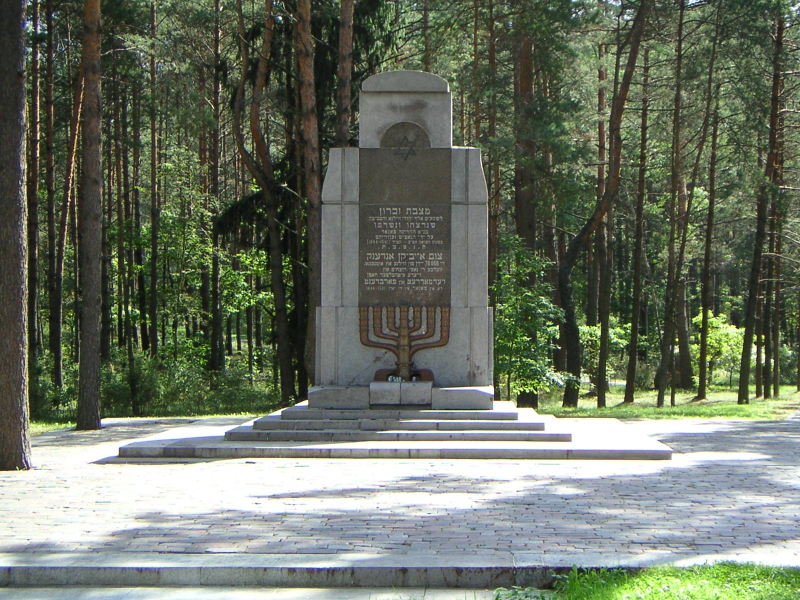
Photo: Jmuseum.lt 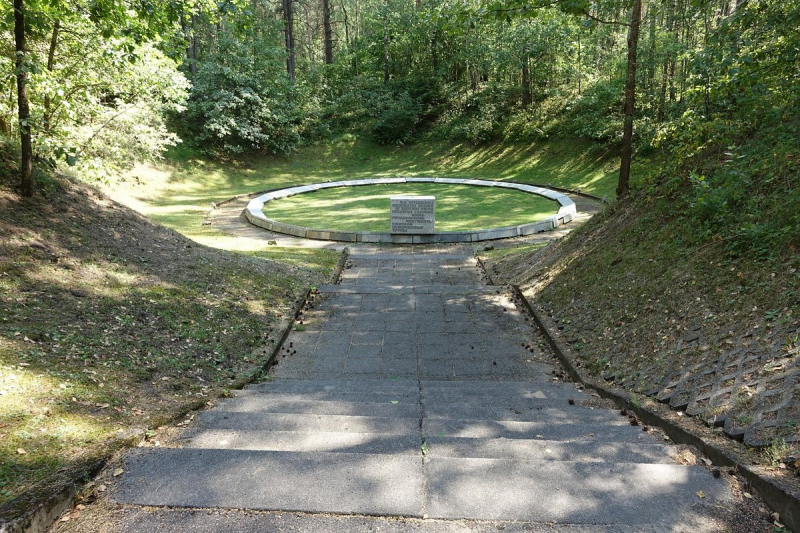
Photo: TripAdvisor -
The Museum of Occupations and Freedom Fights, formerly known as the Museum of Genocide Victims until 2018, is dedicated to the history of Lithuania under Soviet occupation during 1940-1941 and 1944-1991. As the name implies, it is mainly concerned with repressions of the Lithuanian people.
The museum is housed in a structure that is over 100 years old. Its history reflects the difficult events that occurred in Lithuania at the close of the nineteenth and beginning of the twentieth century.
This former KGB (and before them the Gestapo, Polish invaders, and Tsarist judges) headquarters holds a museum devoted to hundreds of members of the Lithuanian resistance who were executed, imprisoned, or deported by the Soviet Union between WWII and the 1960s. Backlit images, wooden annexes, and a confusing arrangement heighten the effect of graphically depicted historical tragedies.
The Museum of Genocide Victims's exhibitions examine the history of the Soviet occupation and the operations of the Soviet secret agency. There are also exhibits on the armed and unarmed anti-Soviet resistance, as well as the Lithuanians who were deported to the Gulags and banished to the most remote corners of the Soviet Union.Location: Vilnius
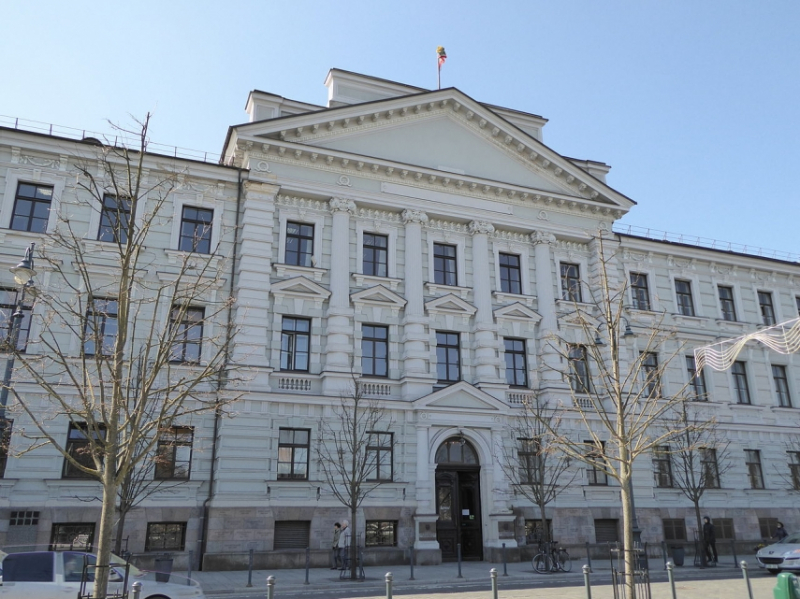
Photo: The Baltic Times 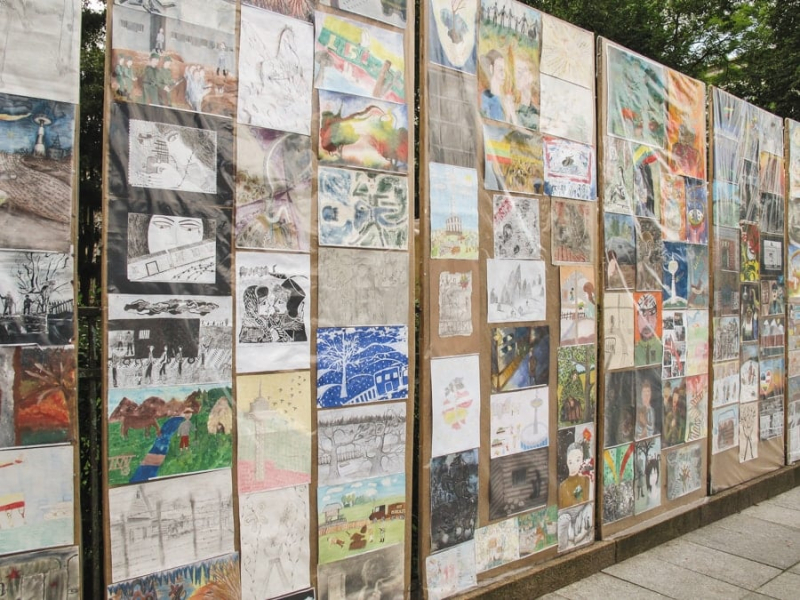
Photo: Megan Starr




























